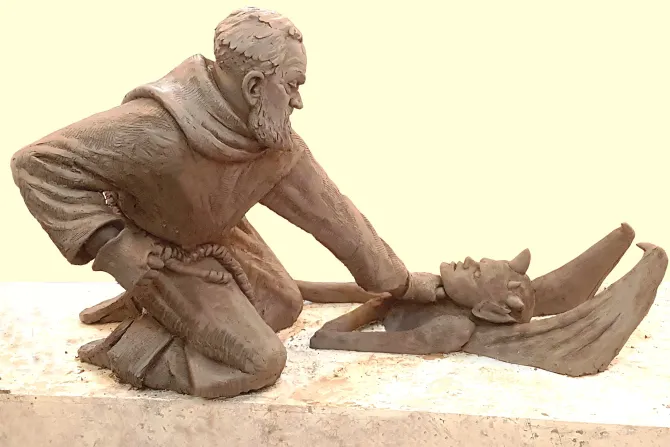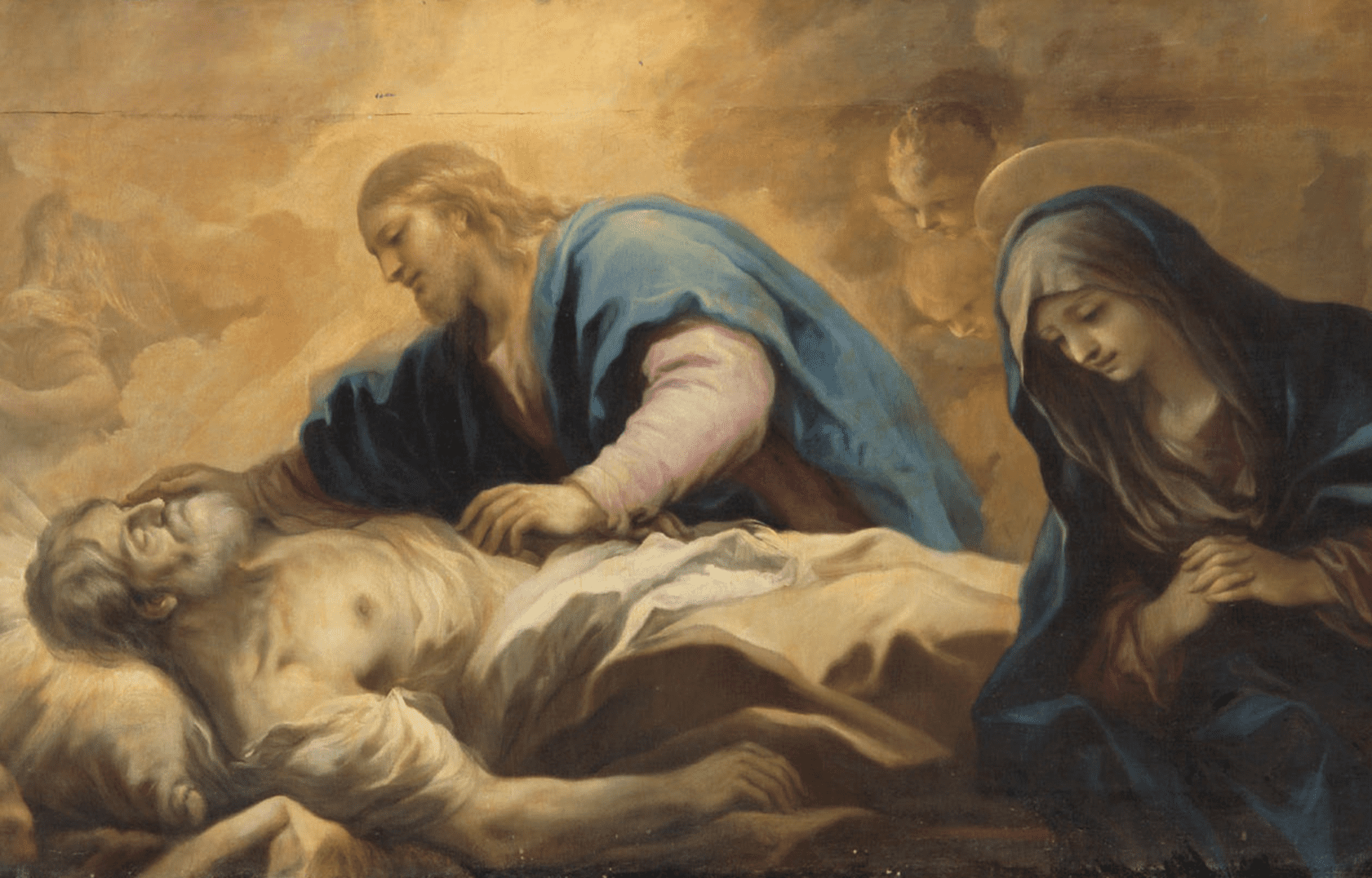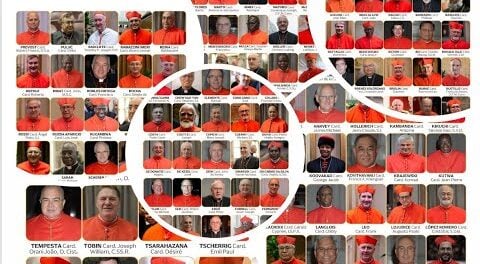
Category: Catholic Motivation
-

Bible Facts Verified by Science
Read More: Bible Facts Verified by ScienceThe Bible, a collection of ancient texts revered by millions around the globe, has been a subject of faith, study, and sometimes skepticism. Over the years, many stories within its pages have been scrutinized, with some dismissing them as myths. However, scientific discoveries and archaeological evidence have increasingly shed light on several biblical events, providing…
-

-

Padre Pio vs. the Devils: Unseen Battles
Read More: Padre Pio vs. the Devils: Unseen BattlesSt. Padre Pio, one of the most beloved and mystic saints of the 20th century, was known for his profound spiritual experiences and battles with demonic forces. His life and struggles have been documented in numerous books, providing a detailed account of his encounters with the supernatural. The Reality of Demonic Attacks In his biography,…
-

The Holy Hero Who Halted the Lava!
Read More: The Holy Hero Who Halted the Lava!St. Francis Xavier Bianchi, Apostle of Naples, miraculously stopped a lava flow after the eruption of Vesuvius, and predicted the fall of Napoleon. Armed with God-given power, the miracle-working hand of St. Francis Xavier Bianchi (1743-1815) of the Barnabite order triumphed over the destructive power of Vesuvius. In 1804, the volcano awoke with a fury like…
-

God’s Presence in Loneliness: 10 Powerful Bible Quotes
Read More: God’s Presence in Loneliness: 10 Powerful Bible QuotesIsaiah 41:10 “So do not fear, for I am with you; do not be dismayed, for I am your God. I will strengthen you and help you; I will uphold you with my righteous right hand.” Deuteronomy 31:6 “Be strong and courageous. Do not be afraid or terrified because of them, for the Lord your…
-

THANK YOU 150,000 BEAUTIFUL SOULS!🎉🌟
Read More: THANK YOU 150,000 BEAUTIFUL SOULS!🎉🌟🎉🌟 Thank You, 150,000 Beautiful Souls! Blessed be to God! 🌟🎉 Praise be to the Almighty for guiding us on this incredible journey! Reaching 150,000 subscribers on YouTube is not just a milestone; it’s a testament to the grace and blessings showered upon us. In this moment of profound gratitude, I bow my head in…
-

Search
Popular Posts
-
🙏 A New Chapter Begins: Supporting Pope Leo XIV with Prayer and Hope | W/ Daniel O’Connor
“Give the new pope a break and support him with your prayers.”–…
-
Possible Candidates for The Next Pope!
Some Candidates for the New Papacy Today we will share with you…
Categories
Archives
Tags
#Miracles (103) 2023 (4) 2024 (4) approved miracles (2) catholic (142) catholic blog (376) catholic meditations (7) catholic miracles (372) catholic motivation (2) catholic news (372) catholic prayers (4) CatholicSeers (359) catholic vlog (376) catholic websites (6) Eucharistic miracle (2) fr jim blount (3) GisellaCardia (11) hamas (3) imitation of christ (2) Israel (4) israel live (5) Israel news (9) jesus (3) jesus christ (4) Latest messages (11) lent 2023 (10) lent 2024 (4) lent homily (2) lent retreat (4) lent retreat 2023 (3) Lourdes (2) messages from god (6) MessagesFromHeaven (365) miracles of catholic church (2) mother and refuge (2) ourlady (325) OurLadyApparitions (22) our lady of lourdes (2) Pope (2) POPE francis (3) pope francis news (2) prayers (3) real miracles (357) sacred heart of jesus (2) The Miracles of Lourdes (2)







